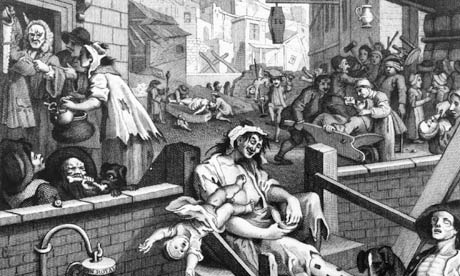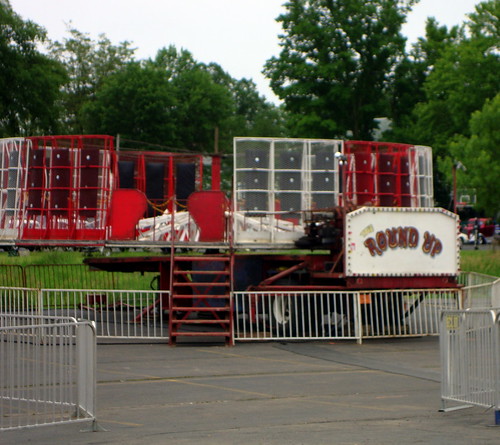The author of this blog in no way endorses the recent riots in London, or any public displays of violence, theft or assault. Condolences to all who experienced any fear, intimidation or injury. The rioting in London was hard to watch.
This author remembers the Rodney King riots in Los Angles and witnessed the public displays of gun and gang violence of the 1990's in East Coast America. I also am a student of American and British history. As a knee jerk reaction, when I hear the word riot, I think Nat Turner. Perhaps it is genetic memory, black man's paranoia or a product of my upbringing, none the less, Nat Turner is somewhat of a folk hero among some African Americans and his violence is interpreted by many as necessary for his time.
The rioting throughout England has little in common with rioting in Hampton Roads Virginia. The 2011 rioting in England was multicultural, wide sperad and young. In 2011 violence between police and working class populations of Tottenham sparked violent outbursts that spread in a seemingly unrelated fashion. Was this violence necessary in this time? Was this violence black?
The most recent uprisings of "urban" violence in London took place are twenty six years apart. The two London riots, the Tottenham riots in 2011 and the Broadwater Farm riots in 1985 definitely have a few
commonalities. Both were a form of
protest or unrest from a seemingly working class population of a major city. At the heart of each was the theme of
not only working class unrest, but black working class unrest. A larger theme also appeared in the media shortly following each uncomfortable period, the concept that black,
working class citizens of the city are somehow more prone to violence, looting
and disorderly conduct.
Unlike similar riots, like the Battle of Bow street, where animosity between Metropolitan Police and a multicultural, poor general public escalated the mood to high levels of hostility, the UK string of riots in 2011 was much larger in size and involved rioters who were not united by geography, ideology or cause, but they were tangentially conjoined by electronic social media.
Unlike similar riots, like the Battle of Bow street, where animosity between Metropolitan Police and a multicultural, poor general public escalated the mood to high levels of hostility, the UK string of riots in 2011 was much larger in size and involved rioters who were not united by geography, ideology or cause, but they were tangentially conjoined by electronic social media.
While looters were comprised of various ethnic, cultural, social and economic backgrounds one major theme that emerged from the upheaval, was that black citizens of urban areas are violent and in need of discipline. The thesis involves painting urban
violence as black. This is not only emerging from the more conservative media, but the left leaning, politically correct Guardian, has also given slight nods to this meme.
Note this video was published on youtube on 31, July 2011
Although Tottenham, a neighborhood within Haringey Council, has a huge Turkish, White
working class and Asian communities it seems the film makers could only find Black people
seemingly aged 18 and under, fluent in London slang, innit. They even found the
one Latina that lives in Tottenham who is also Bare fluent in slang, innit,
bruv. My larger point is that it seems the British media is taking a page from
American media in attempting to paint urban violence black, disparate, and oddly,hispanic.
Hackney MP Dianne Abbot provided some context to her interesting perspective on the cultural environment in Tottenham, she describes a, "tinder box waiting to explode,".She explained that, "it was police-community relationships that provided the spark for the riots". The news also seemed to repeatedly refer to operation Trident's involvement in this case. Trident officers were in persuit of the young man killed in gun violence. He died due to a police bullet. The Trident connection serves as a direct link to Black and urban violence in the media. The setting was set for yet another test of resilience for multicultural Britain in the age of austerity.
While a lot has been said about austerity measures as a catalyst, I believe the rioting in Tottenham is a result of a long festering sore that exists between the working class and the first line of establishment force, the police. Following the disruption in Tottenham, London boroughs and urban outposts in the Midlands and further points North, commenced further brand snatching and looting.
While the connections to the seminal events in Tottenham are underreported, it is clear that a broad swathe of people across the country thought it was an opportune time to smash and grab for material goods. The psychology of the looters became a widely discussed topic in the media. Zoe Williams wrote a well thought commentary in the Guardian on how class and aspiration play a role in the contemplation of rioting. This analysis echoes similar findings from The Kerner Commision. The American commission was appointed by the Johnson administration in 1967 in response to the ongoing rioting in mostly black, mostly urban neighborhoods.
The Kerner Commission found that America was split between a self-interested, white working class and middle class and a poor disenfranchised black underclass. These findings stated, "Our nation is moving toward two societies, one black, one white—-separate and unequal." It seems the analysis is hauntingly similar to the de facto consensus that began to emerge in Britain, there is a split between a poor disenfranchised youth and a self interested population born before 1980. The list of negative characteristics of London rioters included economic status and race, now it included age.
When the rioting had seeming come to an end it seemed that the public, however entrenched in opposing ideology on the causes of rioting, was ready to discuss reconciliation and closure. A large number of citizens took to the streets and organised various clean up crews via social media.
In a sence multiculturalism was somewhat alive in Blighty. The public was ready to heap scorn on its youth with only a slight nod towards race. Until, out of the steamy decompression of the disturbing events came a battle cry that seemingly implied, "There could be no grosser misconception of the realities than is entertained by those who vociferously demand legislation as they call it "against discrimination". This epic rant from David Starky,
This event along with the aftermath of the rioting have made me ponder, the meaning of "black" or "blackness" in Britain. Which elements have shaped and formed the concept of Blackness in old Blighty?
The Kerner Commission found that America was split between a self-interested, white working class and middle class and a poor disenfranchised black underclass. These findings stated, "Our nation is moving toward two societies, one black, one white—-separate and unequal." It seems the analysis is hauntingly similar to the de facto consensus that began to emerge in Britain, there is a split between a poor disenfranchised youth and a self interested population born before 1980. The list of negative characteristics of London rioters included economic status and race, now it included age.
When the rioting had seeming come to an end it seemed that the public, however entrenched in opposing ideology on the causes of rioting, was ready to discuss reconciliation and closure. A large number of citizens took to the streets and organised various clean up crews via social media.
In a sence multiculturalism was somewhat alive in Blighty. The public was ready to heap scorn on its youth with only a slight nod towards race. Until, out of the steamy decompression of the disturbing events came a battle cry that seemingly implied, "There could be no grosser misconception of the realities than is entertained by those who vociferously demand legislation as they call it "against discrimination". This epic rant from David Starky,
This event along with the aftermath of the rioting have made me ponder, the meaning of "black" or "blackness" in Britain. Which elements have shaped and formed the concept of Blackness in old Blighty?


